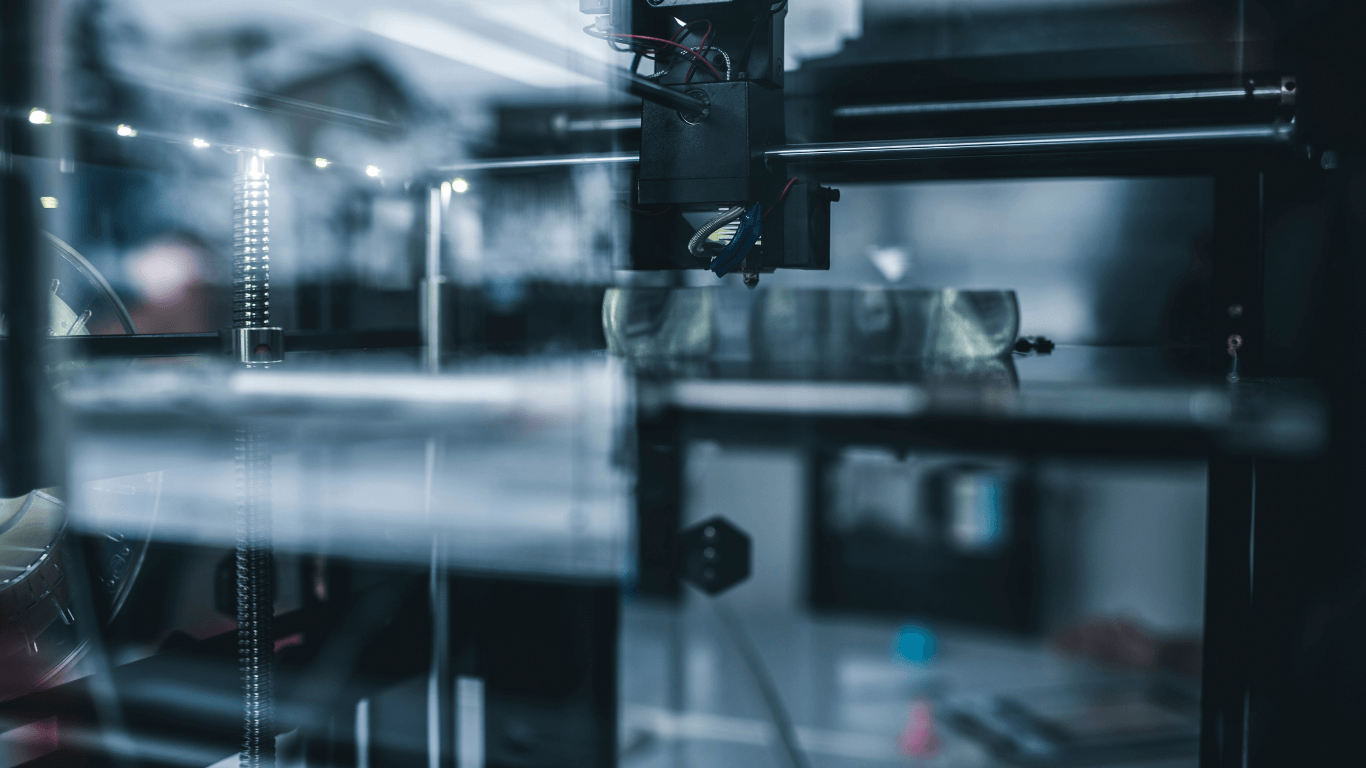PLA (Thread deposit)
Poly Lactic Acid is a biodegradable plastic material made from renewable natural resources. The main advantages: low deformation during cooling, fast manufacturing time, food material. It has a good rigidity and a slightly matt appearance. It is used in the context of melt deposition printing and is ideal for the production of parts with standard mechanical constraints. Many colors are available.
ABS
ABS, an acronym for Acrylonitrile Butadiene Styrene, is a robust and versatile plastic material that has found its place of choice in 3D printing, particularly with fused deposition technology (FDM). With its exceptional mechanical strength, ability to withstand heat, and multitude of color options, ABS is a material of choice for the creation of dimensional parts, housings, functional prototypes, and many other applications. Its dimensional stability makes it an ideal choice for those seeking both precision and robustness in their 3D printing projects.
ABS ESD
ABS ESD, or Acrylonitrile Butadiene Styrene Antistatic, is a specialized material designed for applications requiring protection against electrostatic discharge. Thanks to its antistatic properties, it is ideal for creating static-sensitive parts such as electronic housings. While retaining the mechanical advantages of conventional ABS, ABS ESD ensures the safety of electronic components and guarantees reliable performance.
ABS MDT
ABS MDT, or Acrylonitrile Butadiene Styrene with High Thermal Conductivity, is a material specially formulated for heat dissipation applications. This material features high thermal conductivity, making it a preferred choice for the manufacture of heat sinks, electronic components and other parts requiring efficient heat management. MDT ABS combines the mechanical properties of traditional ABS with exceptional heat dissipation.
Flame-retardant ABS
Flame-retardant ABS is a variant of Acrylonitrile Butadiene Styrene specially designed for fire resistance. With its flame-retardant properties, this material is used in applications where fire safety is essential. It does not ignite easily and is able to extinguish quickly, limiting the spread of flames. Flame-retardant ABS is widely used in the electrical industry, aerospace and other sectors where fire resistance is a priority.
PP
Polypropylene, or PP, is a versatile thermoplastic polymer used in many applications, including 3D printing. Its light weight, chemical resistance and flexibility make it suitable for a wide range of projects. PP is renowned for its resistance to many chemicals, making it an ideal choice in environments exposed to corrosive substances. What's more, its light weight makes it a preferred material for components requiring reduced weight while retaining a certain degree of rigidity.
PA HT 15% Carbon
PA High Temperature 15% Carbon is a high-performance 3D printing material that combines the advantages of nylon (PA) with a high concentration of 15% carbon fiber. This composite offers exceptional mechanical strength, impressive rigidity and resistance to high temperatures. Carbon fibers add structural strength, making it an essential choice for the creation of parts subject to high mechanical stress and demanding hot environments. It is frequently used in the aerospace industry, high-performance engineering and other applications where heat resistance and mechanical reliability are essential for 3D printed parts.
PC PBT
PC PBT, or Polycarbonate polybutylene terephthalate, is a hybrid material that combines the advantages of polycarbonate and PBT. It stands out for its impact resistance, durability and resistance to high temperatures. Thanks to these properties, PBT PC is widely used in the manufacture of technical and engineering parts in a variety of industries. This material is ideal for applications where high mechanical and thermal resistance is required.
HDGlass food-grade PET
Food-grade PET for 3D printing is a variant of Polyethylene Terephthalate (PET) specially formulated for 3D printing applications related to the food industry. This material offers the same safety and chemical inertness as conventional food-grade PET, but is tailored to the creation of customized, functional parts.
TPU 85 shore
TPU 85 Shore, or Thermoplastic Polyurethane with a Shore hardness of 85, is a tough, flexible 3D printing material. It is characterized by its flexibility and ability to return to its original shape after deformation. Objects printed in TPU 85 Shore offer excellent resistance to wear and abrasion, in addition to their elasticity. It is widely used to create flexible parts, gaskets, shoe soles and other components requiring high flexibility.
TPU 95 shore
TPU 95 Shore, or Thermoplastic Polyurethane with a Shore hardness of 95, is a slightly stiffer 3D printing material than TPU 85 Shore. However, it retains a certain flexibility while offering greater hardness. Objects printed in TPU 95 Shore are valued for their resistance to impact and wear, as well as their ability to hold their shape. It is often used for applications requiring a degree of rigidity while benefiting from TPU's strength, such as mechanical parts, reinforcements and components that have to withstand high stresses.

Request a sample
Our team will get back to you to discuss your specific needs, so that we can help you achieve your goals.
